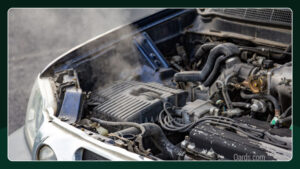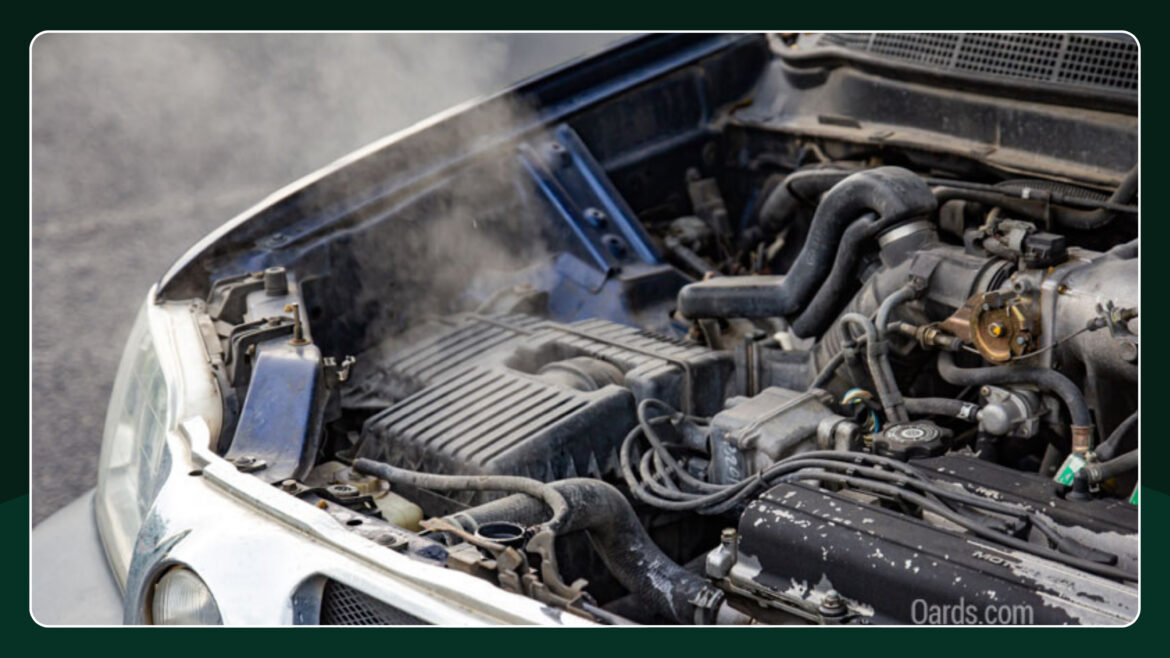
5 Symptoms of Car Overheating That You Shouldn’t Ignore
An internal combustion engine is made up of several rotating parts and components. Some of these components rub against each other, creating friction. Metal parts rubbing together creates a lot of heat.
Engines rely on coolants and oil to keep their components cool. Oil is used a lot for lubrication, but it also helps cool the components. Coolant is the main component of engine cooling.
If you run out of coolant or a component in the cooling system stops working, your car will overheat. This doesn’t mean that the whole car is overheating; it means that the engine itself is overheating, which is bad for your car.
When your engine overheats, many components can quickly become damaged or stop working. When this happens, the engine can no longer produce the energy needed to accelerate the vehicle or power other components that depend on it.
The 5 Most Common Symptoms of an Overheating Car
When your car overheats, there are a few symptoms you’ll notice right away. Below are the 5 most common signs of an overheating car:
1) Temperature reading is higher than normal
All cars are equipped with a temperature gauge or digital display that shows the engine temperature. Under normal circumstances, you’ll see a needle in the center of the display. This means that the engine temperature is at the right temperature.
However, if the needle approaches or enters the red zone, it indicates that the engine is overheating. In some rare cases, it could be a faulty water temperature gauge or a faulty water temperature sensor, but these cases are rare.
2) Coolant Leak
If you notice a small puddle of coolant under your car, you have a coolant leak. This is the cause of all engine overheating issues you are experiencing at this time. Without enough coolant to cool the engine, the engine’s components will generate excess heat.
3) Poor Acceleration
When an engine overheats, the pistons in the cylinder bores expand. This limits the crankshaft’s ability to rotate. When this happens, the engine can no longer produce enough power to accelerate the vehicle when needed. It will either take longer to accelerate or you will not be able to accelerate beyond a certain speed.
4) Steam from the engine
Is there steam coming from under the hood? This is the most obvious sign of an overheating engine. Steam occurs when the coolant in the coolant reservoir boils.
As the engine heats up, the coolant starts to boil and produces steam.
You can’t drive at this speed for long periods of time. So if you notice steam coming out from under the hood, you need to stop immediately and find out what’s causing the problem to avoid internal engine damage.
5) Engine Noises
If you hear a clicking noise coming from your engine, it could be a sign that the internal moving parts need to be lubricated and cooled. For example, engine oil itself can overheat if the coolant is not flowing properly and doing its job.
This causes the oil to thin out and reduce its ability to lubricate components. The first sign of this is a clicking sound when metal parts come into contact with each other.
Conclusion
If you have an engine overheating problem, you still have time to fix the problem before it causes permanent (and expensive) damage to your engine. First, you need to investigate what symptoms you are experiencing. For example, if you have a coolant leak, you need to locate and repair the leak and replace the coolant lost in the engine. You can find the cause of the overheating problem just by paying attention to the symptoms.

